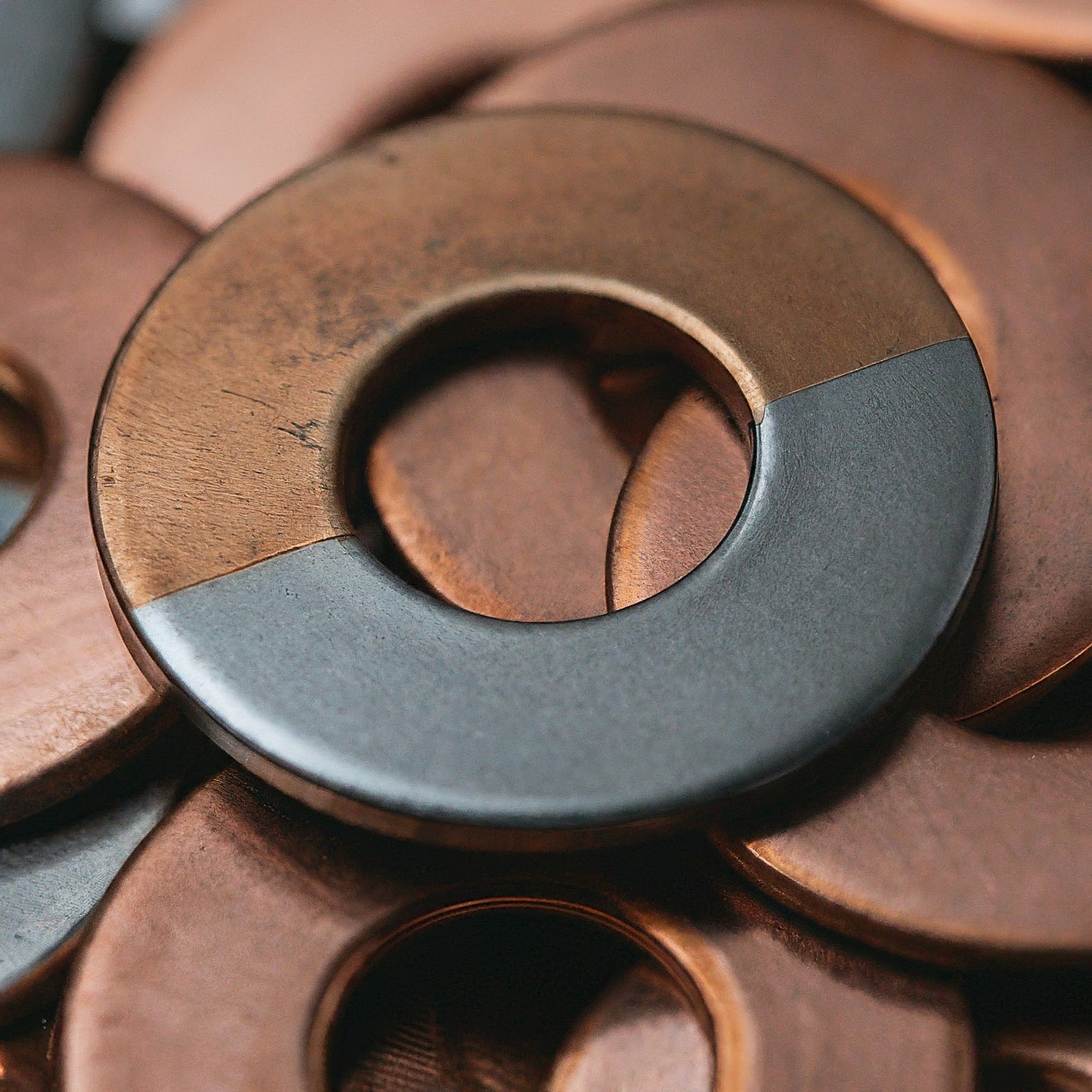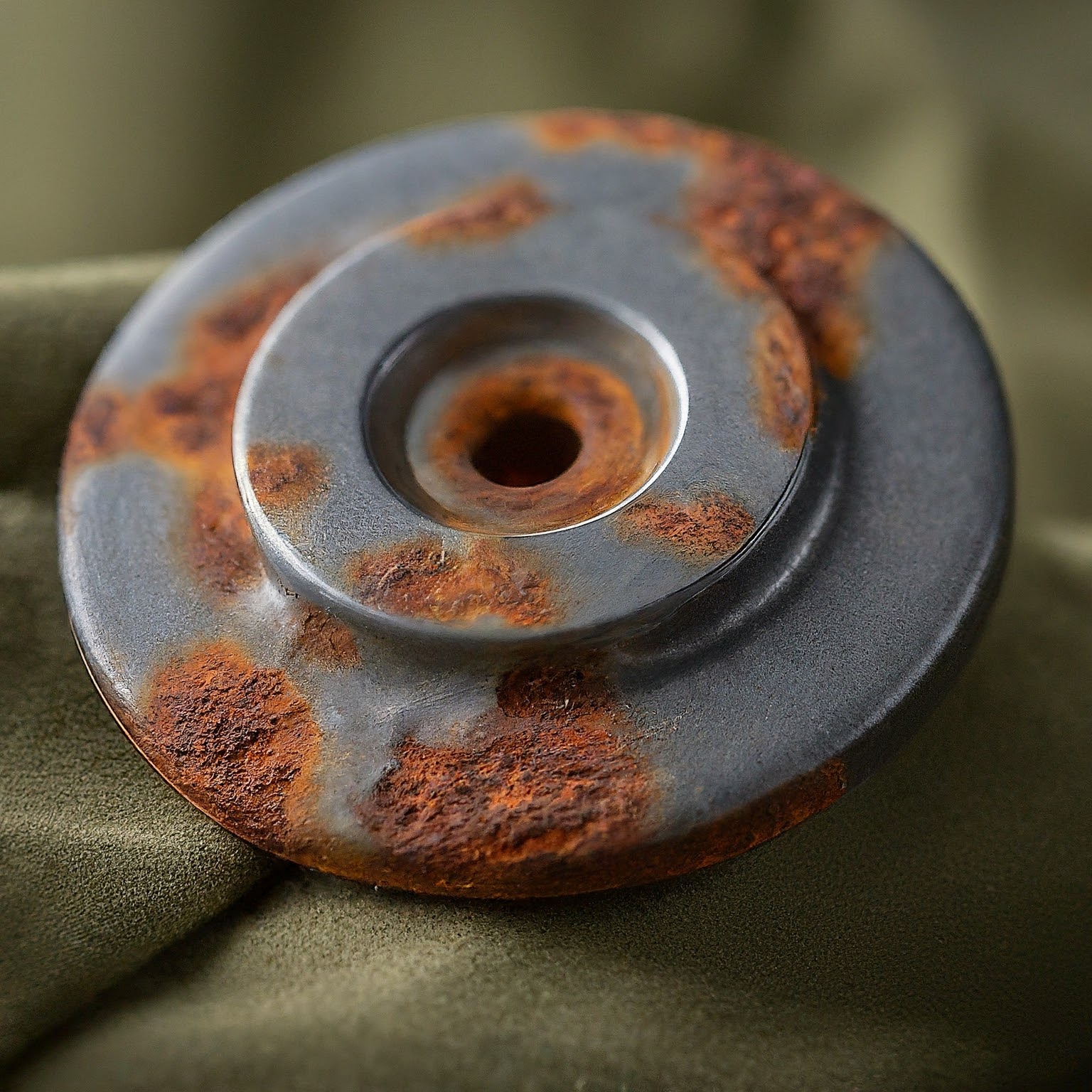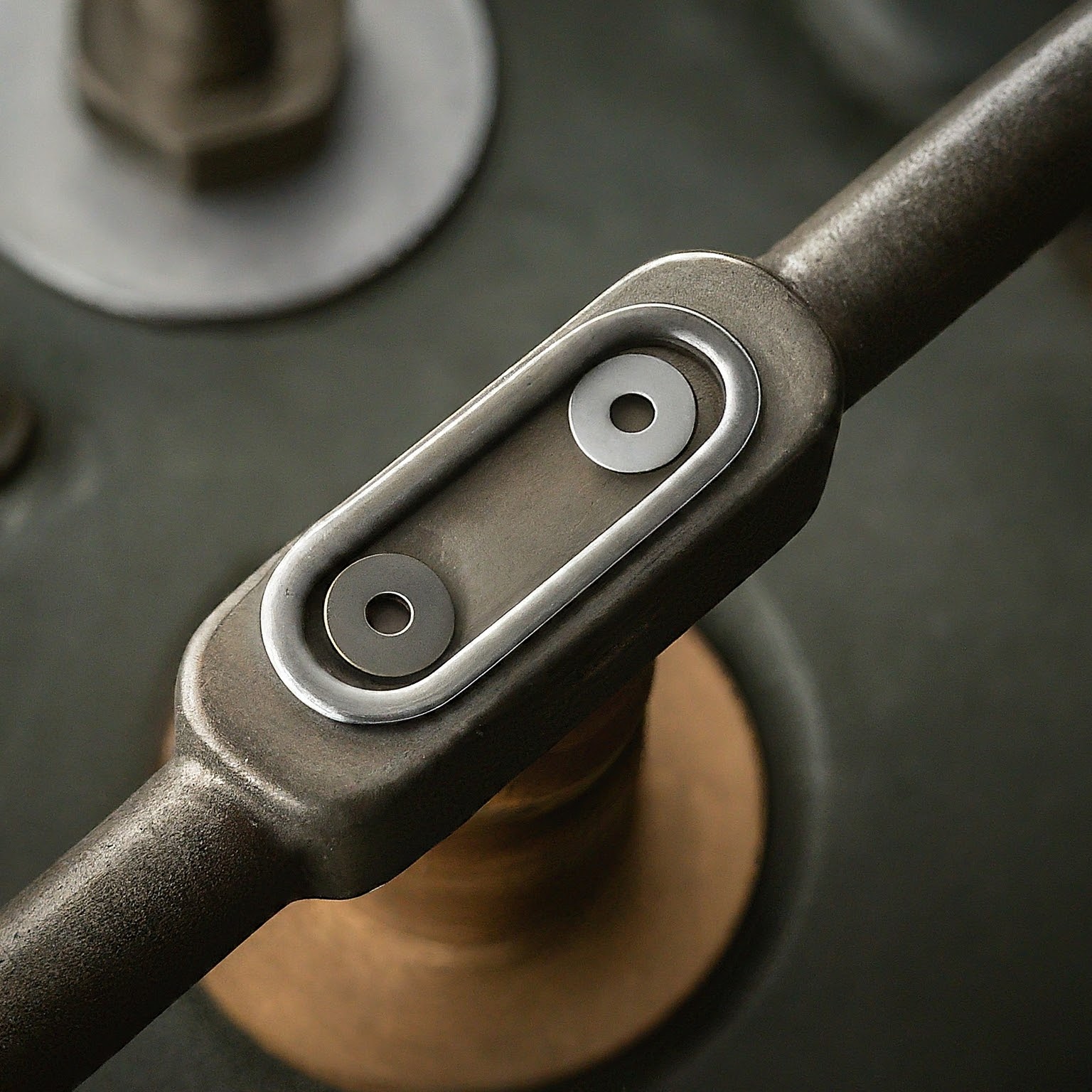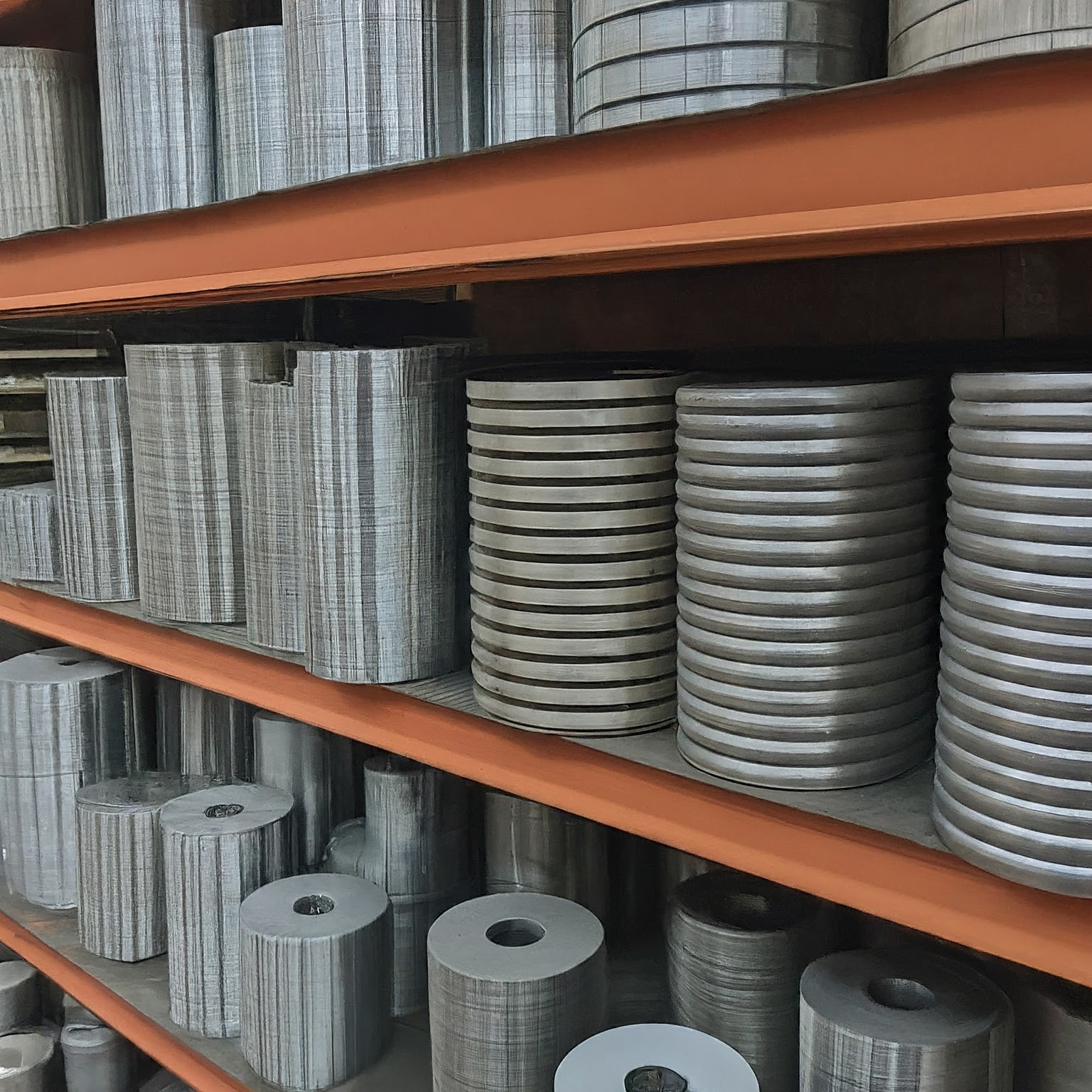Troubleshooting Bimetallic Washer Issues

Ever fixed something and then it broke again? Maybe it's a tiny washer causing big problems. These washers might look simple, but they do an important job in many machines.
Table of Contents
-
What are Bimetallic Washers and What Do They Do?
-
Common Bimetallic Washer Issues
-
Troubleshooting Steps for Bimetallic Washer Problems
-
Solutions and Preventative Measures

What are Bimetallic Washers and What Do They Do?
Bimetallic washers are made from two different metals bonded together. This unique combination gives them some pretty cool properties. One key benefit is their ability to handle changes in temperature. Since each metal expands and contracts at different rates with heat, the washer itself bends slightly. This bending can be used for various purposes, such as:
- Maintaining a Secure Connection:In electrical applications, for instance,Bimetallic washers help ensure a tight connection between dissimilar metals like copper and aluminum. This prevents loosening and potential malfunctions due to thermal expansion. While some electricians might opt for soldering or crimping connections, bimetallic washers offer a reliable and reusable solution.
- Preventing Corrosion:The washer acts as a barrier, stopping dissimilar metals from directly touching and creating a recipe for corrosion. This is particularly useful in applications like plumbing or marine environments where corrosion can be a major concern.
- Creating Spring Action:Certain Bimetallic washers designs, like Belleville washers, utilize the bending behavior to provide a spring-like effect, maintaining tension in a system. These washers are often used in applications that require precise control over pressure or vibration, and can be a great alternative to traditional coil springs in some cases.
Bimetallic washers find use in a wide range of applications, including:
- Electrical and Electronics:They ensure proper grounding and connections, often complementing other electrical components like busbars and terminal blocks.
- Construction:They're used for grounding electrical components in buildings, working alongside grounding rods and wires to ensure safety.
- Plumbing and HVAC Systems:They help manage thermal expansion in pipes and ducts, often alongside gaskets and seals to prevent leaks. shim manufacturers , on the other hand, specialize in producing thin sheets of metal used for precise adjustments in these systems.

Common Bimetallic Washer Issues
let's delve into some of the problems you might encounter:
- Improper Connection or Installation: If the washer isn't installed correctly, it won't function as intended. This could involve using the wrong size washer, improper tightening, or misalignment.
- Corrosion and Wear: Over time, exposure to moisture, chemicals, or extreme temperatures can cause the washer to corrode or wear down, compromising its effectiveness. If you suspect corrosion is the culprit, you might also want to consider replacing any nearby brass shim sheet
components, as brass is also susceptible to corrosion in harsh environments.
- Thermal Expansion Mismatch: If the washer's material combination isn't suited for the specific temperature range of the application, it might not bend enough or at all, leading to connection issues.
- Washer Failure Due to External Factors: External factors like excessive vibration, mechanical stress, or unexpected pressure spikes can damage the washer. In these cases, you might also want to investigate if these factors are affecting other components in the system. shim washer manufacturers often produce shim washers specifically designed to handle high-stress environments.

key factors
- Material Combination: Different metals offer various properties. Common combinations include copper-steel for good conductivity and thermal management, and stainless steel-aluminum for corrosion resistance. Consider factors like temperature range, conductivity requirements, and potential for corrosion in your application. Stainless steel shim manufacturers also offer a wide variety of stainless shim sheet that can be used in conjunction with bimetallic-washers for additional corrosion resistance.
- Size and Thickness: The washer's size needs to match the application's bolt or screw diameter. Thickness plays a role in the amount of force or pressure the washer can handle, as well as its bending characteristics. In some cases, you might even consider using precut shims alongside the bimetallic washer to achieve the exact thickness or alignment required for your application. These precut shims are available from many shim manufacturers and can save you time and effort compared to cutting your own.
- Shape and Design: bimetallic-washers come in various shapes, like flat washers, Belleville washers (concave washers offering spring action), and split washers (for applications requiring easy removal). Select the design that best suits the function in your system. For instance, if you need a washer that provides a spring effect in addition to maintaining a connection, a Belleville washer would be a better choice than a flat washer.
- Manufacturer's Specifications:Reputable manufacturers provide detailed specifications for their bimetallic-washers. Always rises specs to ensure the washer meets the required load capacity, temperature range, and other performance criteria for your specific use case. Similarly, if you're considering using shim sheet metal or ss shim plate from a shim manufacturer, be sure to consult their specifications to ensure compatibility with your bimetallic washer and application requirements.
Proper Installation Techniques
Even the best bimetallic washer won't perform well if installed incorrectly. Here are some key installation tips:
- Clean the Contact Surfaces: Ensure the surfaces where the washer will sit are clean and free of dirt, oil, or debris. This allows for proper contact and optimal performance.
- Use the Correct Tightening Torque: Over-tightening can damage the washer and defeat its purpose. Consult the manufacturer's recommendations or industry standards for the appropriate tightening torque for your specific application and washer size.
- Alignment is Key: The washer needs to be properly aligned with the connected components. Misalignment can cause uneven pressure distribution and compromise the washer's effectiveness.

Regular Maintenance and Inspection
Prevention is always better than cure! Here's how to keep your bimetallic washers in top shape:
- Schedule Regular Inspections: Depending on the application and environment, set a schedule for inspecting your bimetallic washers. Look for signs of wear, corrosion, or damage.
- Consider Preventative Maintenance: In some cases, applying a lubricant or anti-corrosion coating to the washer might be beneficial, especially if it's exposed to harsh environments. However, consult the manufacturer's recommendations before applying any coatings. shim manufacturers in india might also offer specialty shims with pre-applied coatings for specific applications.
By following these steps and keeping these tips in mind, you'll be well on your way to conquering bimetallic-washers woes and ensuring your systems function smoothly for years to come. Remember, a little troubleshooting and preventative maintenance can go a long way!
Author
Meet Seema, our expert author in industrial materials with a deep understanding of shim . With years of experience, Seema brings valuable insights and expertise to this guide, making him a trusted source for all things related to brass shim sheets. Join us as we delve into the art of crafting brass shim sheets with Seema leading the way.
List Other similar blogs








